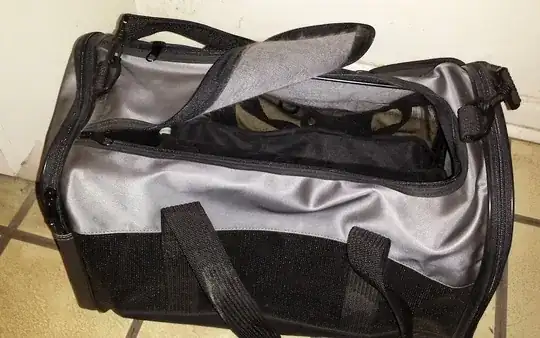For most of mine I do what Kyle does: stand the carrier on end and put the cat in rump-first. I also do this in a small room (a bathroom) so that if the cat squirms out of my hands I can still catch him to try again.
One of my cats just will not go into a standard carrier, even a large one. (The only time he's been in one, since I got him, was on the way home from the animal shelter, and I wasn't the one who loaded him.) For him I use a soft-sided carrier with a zippered top; I put him in from the top, use one hand to hold him down (I try to pet him while doing this), and use the other hand to zip the top most of the way. Then I just have to negotiate the final few inches, pulling my hand out while zipping up. By then he usually knows he's lost, though. The whole time we're doing this I talk gently to the cat (like I do sometimes when he's sitting in my lap); I don't know if that makes a difference.

It does get easier over time, particularly as the cats age. For the last several years of their lives my three elderly cats would just walk into the carrier when I brought it out. They were soemtimes seeing the vet every month or two, so it became routine.


